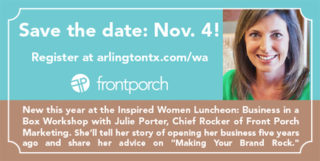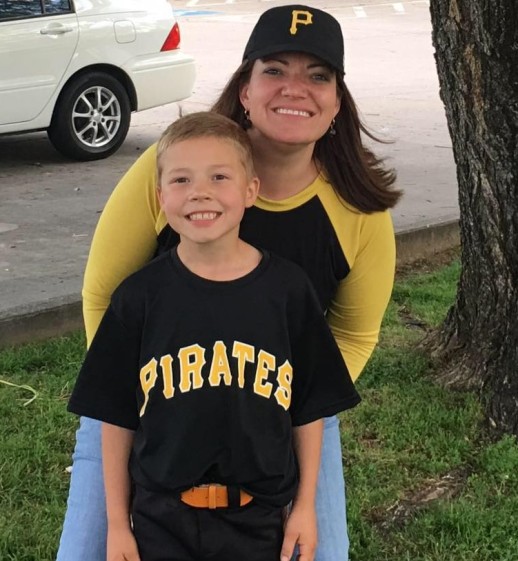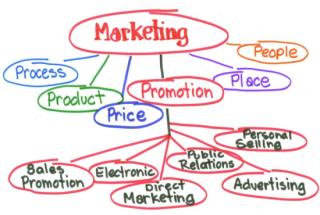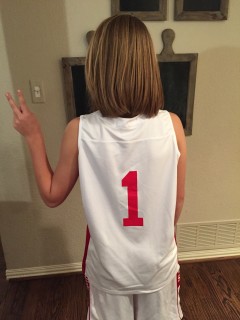Your brand is one of the most important parts of developing or reinvigorating your company. The process of branding examines the emotions you want your customer to feel about your company and its services.
Branding means different things to different people. When working with Clients, we on the Porch serve it up this way:
Simply put, your brand is your promise to your customer.
One of the steps in our branding elaborative is defining brand affiliation. This is done after the vision, personality and positioning are established, because all these factor into the affiliation.
Brand affiliation is best described as what “club” customers are joining when they choose your company. Humans are compelled to affiliate with people like themselves, people they admire or people they aspire to be like. Brand affiliation is what you want other people to think of your company when they learn they are aligned with you.
Once your affiliation is established, you can position yourself in environments that share your affiliation. Say what?
Depending on your company, that might be more complicated than it seems. Here’s an example from our very own Porch:
We want to work with forward-thinking, passionate business leaders and entrepreneurs. We want everyone to have a knock-your-socks off, head turning, register-ringing marketing strategy!
So how do we do that, and maximize our affiliation?
- We live, breathe and sing marketing strategy and insight with anyone that will join us on the Porch.
- We provide marketing implementation.
- We align ourselves with groups and organizations like Vistage, WBENC, NEW, Community Partners and liked-minded business owners.
- We conduct workshops like our Chief Rocker’s November 4, “Business in a Box” workshop at the Arlington Inspired Women Luncheon.

Your brand is derived from who you are, who you want to be and who people perceive you to be. Define it and Rock It. Every Day. All Day.








